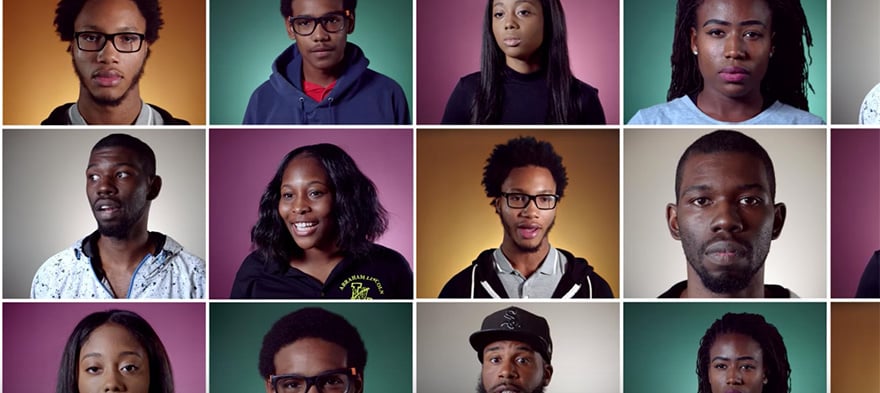
This youth-led health assessment was designed to tap into young people’s perspectives by engaging them not only as partners, but as leaders in community health research and assessment.The research was conducted in partnership with youth organizations and grassroots organizers in five major U.S. cities: Boston, Chicago, Denver, Philadelphia and St. Paul. The students from across all areas came to the same conclusions:
Matt Fulle is an intern at Education Post and an undergraduate at Northwestern University's School of Communication studying communication studies and legal studies. He has spent the last 5 years working to advance student voice in education reform. In high school, he helped to start a pilot program for student surveys as a form of teacher evaluation for the Seattle Public School District. In college, he was the external programming coordinator for Northwestern University's chapter of Students for Education Reform.
If you have a child with disabilities, you’re not alone: According to the latest data, over 7 million American schoolchildren — 14% of all students ages 3-21 — are classified as eligible for special...
The fight for educational equity has never been just about schools. The real North Star for this work is providing opportunities for each child to thrive into adulthood. This means that our advocacy...
The story you tell yourself about your own math ability tends to become true. This isn’t some Oprah aphorism about attracting what you want from the universe. Well, I guess it kind of is, but...
Your donations support the voices who challenge decision makers to provide the learning opportunities all children need to thrive.
Ed Post is the flagship website platform of brightbeam, a 501(c3) network of education activists and influencers demanding a better education and a brighter future for every child.
© 2020–2024 brightbeam. All rights reserved.